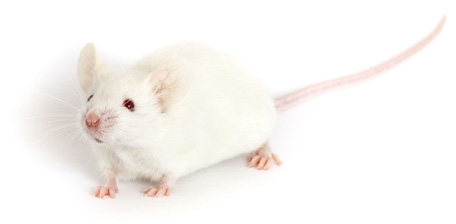
The great advantage and obvious reason for using humanized NSG mice is that there are a number of viruses that only infect humans. Suitable animal models for scientific studies of these human-tropic viruses are difficult to create, expensive to maintain and incomplete models for the infection process and/or disease symptoms.
However, with the development of “humanized” mouse models, many human-specific infectious diseases that were once difficult or impossible to study in a small animal model (i.e. mouse) are now being investigated in labs across the globe. Today I’ll focus on modeling various viral infections in humanized mice, but not to worry: we’ll come back to other infectious diseases another day.
HBV and HCV
The standard of care treatment for Hepatitis B Virus (HBV) in the United States is prevention: prior to leaving the hospital, the majority of newborns receive their first dose of the HBV vaccine. But don’t let this fact fool you. HBV is endemic in many areas, including Sub-Saharan Africa and East Asia, where 5-10% of the total population is infected by early childhood. Clearly there is a need to better understand the pathogenicity of this virus, and what better way than with a small-animal model?
Over the years, humanized chimeric mouse models have been developed with engrafted human liver cells to investigate viral replication. In these models, murine liver cells are depleted with neutralizing antibodies to create a niche for transplanted human liver cells, and liver pathology is clearly observed, as indicated by inflammation, hepatitis, and fibrosis following viral infection. Despite these advances, studying human immune responses to infection has remained a challenge.
In a recent publication, NSG mice engrafted with both human CD34+ hematopoietic stem cells and human hepatocytes were used to do exactly this. Human T cell expansion, antibody and cytokine production, as well as M2 macrophage activation were all measured in the context of HBV infection. By combining two models that were incapable of supporting both host and viral aspects of infection, the authors were able to overcome this obstacle and investigate human immune response in the context of infection.
Herpesviruses
One feature common to all herpesviruses is their ability to establish long-lasting latent infections in their hosts. Although many advances have been made to better understand how lytic and latent infections are maintained, it is not clear which of these virus life cycles contributes to clinical disease manifestations. That’s where humanized mice come into play. Animal models used to study these pathogens must be able to support both lytic and latent infection, as well as allow lytic reactivation after induction. Humanized NSG mice have been used to establish both viral life cycles and dissemination into peripheral organs for HCMV, KSHV and EBV.
For HCMV, monocyte populations in human CD34+ cell engrafted NSG mice are permissible for infection and able to disseminate the virus to other tissues. These advancements pave the way for future investigations into latent cell populations, reactivation mechanisms and therapeutic development.
Dengue
Dengue virus has been studied previously in various mouse models; however, all have been sub-optimal in recapitulating human transmission routes and disease manifestation. Immunocompetent mice are only susceptible to dengue virus infection through intracranial injections of virus. On the other hand, human CD34+ cell engrafted NSG mice can actually be infected by a bite from an infected Aedes aegypti mosquito, as in humans. Due to the natural transmission of the virus, more pronounced immune innate immune responses and T cell activation can be seen in humanized models compared to previous models.
As you can see, humanized NSG mice are the model of choice for supporting a number of human-specific viral infections. Because they can be infected by more natural vectors due to enhanced mucosal immunity, humanized NSG mice are capable of recapitulating certain aspects of disease that other mouse models cannot, including human immune response, tissue tropism and modeling different stages of viral life cycles.
Using humanized mice as a platform has made it easier to make new drug discoveries and find new insights into treating pathogens that typically only infect humans. In addition, prophylactic therapies and cutting-edge treatments can also be tested in a model that more closely resembles infection seen in its natural host.